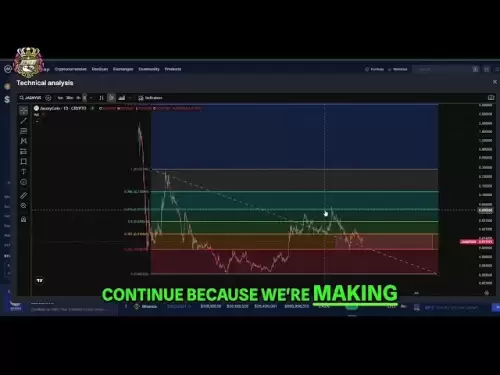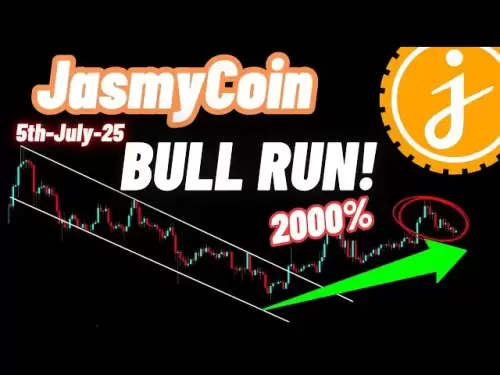-
 Bitcoin
Bitcoin $108,017.2353
-0.81% -
 Ethereum
Ethereum $2,512.4118
-1.58% -
 Tether USDt
Tether USDt $1.0002
-0.03% -
 XRP
XRP $2.2174
-1.03% -
 BNB
BNB $654.8304
-0.79% -
 Solana
Solana $147.9384
-1.76% -
 USDC
USDC $1.0000
-0.01% -
 TRON
TRON $0.2841
-0.76% -
 Dogecoin
Dogecoin $0.1636
-2.09% -
 Cardano
Cardano $0.5726
-1.72% -
 Hyperliquid
Hyperliquid $39.1934
1.09% -
 Sui
Sui $2.9091
-0.59% -
 Bitcoin Cash
Bitcoin Cash $482.1305
0.00% -
 Chainlink
Chainlink $13.1729
-1.54% -
 UNUS SED LEO
UNUS SED LEO $9.0243
-0.18% -
 Avalanche
Avalanche $17.8018
-1.90% -
 Stellar
Stellar $0.2363
-1.69% -
 Toncoin
Toncoin $2.7388
-3.03% -
 Shiba Inu
Shiba Inu $0.0...01141
-1.71% -
 Litecoin
Litecoin $86.3646
-1.98% -
 Hedera
Hedera $0.1546
-0.80% -
 Monero
Monero $311.8554
-1.96% -
 Dai
Dai $1.0000
-0.01% -
 Polkadot
Polkadot $3.3473
-2.69% -
 Ethena USDe
Ethena USDe $1.0001
-0.01% -
 Bitget Token
Bitget Token $4.3982
-1.56% -
 Uniswap
Uniswap $6.9541
-5.35% -
 Aave
Aave $271.7716
0.96% -
 Pepe
Pepe $0.0...09662
-1.44% -
 Pi
Pi $0.4609
-4.93%
Binance How to play u-standard contract
Binance's U-Standard contracts empower traders to speculate on cryptocurrency price movements with leverage, offering a diverse range of trading products tailored to beginners and experienced traders alike.
Nov 16, 2024 at 04:02 am
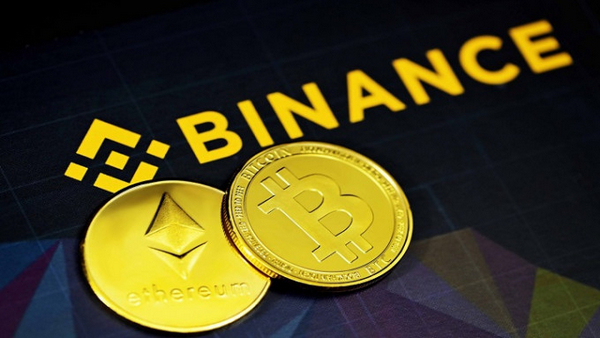
Binance U-Standard Contract: A Beginner's Guide
Binance, the world's leading cryptocurrency exchange, offers a diverse range of trading products, including U-Standard contracts. These perpetual contracts provide traders with the ability to speculate on the future price of cryptocurrencies using leverage. This detailed guide will walk you through the process of trading U-Standard contracts on Binance, from account setup to order placement and execution.
Step 1: Understanding U-Standard Contracts
- Perpetual Contracts: U-Standard contracts are perpetual contracts, meaning they have no fixed expiry date. Traders can hold their positions for as long as they desire.
- Mark Price: The mark price is the reference price for U-Standard contracts. It is calculated by aggregating data from multiple spot markets, ensuring fair and accurate pricing.
- Funding Rate: The funding rate is a fee paid or received by traders depending on the direction of the market. When buyers dominate the market (bullish), buyers pay a funding fee to sellers. Conversely, when sellers dominate (bearish), sellers pay a funding fee to buyers.
Step 2: Account Setup
- Create a Binance Account: Register for a Binance account if you don't have one. Ensure you complete the KYC process to activate full trading functionality.
- Enable Futures Trading: Navigate to the "Derivatives" tab on Binance and select "U-Standard" contracts. Click "Open Account" to enable futures trading.
- Deposit Funds: Transfer crypto assets into your Binance futures account to use as collateral for U-Standard contracts.
Step 3: Choosing a Trading Pair
- Available Pairs: Binance offers U-Standard contracts for a wide range of cryptocurrency pairs, such as BTCUSDT, ETHUSDT, and BNBUSDT.
- Market Research: Analyze market trends and conduct technical analysis to identify potential trading opportunities.
- Understanding Leverage: Leverage allows you to multiply your potential profits, but it also amplifies your losses. Choose a leverage level that suits your risk tolerance and trading experience.
Step 4: Order Types
- Limit Order: Execute a trade at a specified limit price when the market price reaches that level.
- Market Order: Execute a trade at the current market price, ensuring immediate order execution.
- Stop-Limit Order: Execute a trade at a specified price once the market price crosses a trigger point.
- Trailing Stop-Market Order: Execute a market sell order when the market price falls below a specified percentage from the current price.
Step 5: Order Placement
- Order Entry: Enter the contract size (amount of the underlying asset) and your preferred order type.
- Trailing Stop Settings: For trailing stop-market orders, specify the percentage deviation from the current price that will trigger the order execution.
- Risk Management: Set stop-loss and take-profit levels to manage your risk exposure.
Step 6: Order Execution
- Trade Confirmation: Review the order details carefully before confirming your trade.
- Position Monitoring: Track your open positions in the "Positions" tab. Monitor price fluctuations and adjust your position accordingly.
- Closing Positions: Close your positions by placing an opposite-side order (e.g., closing a long position with a short order).
Step 7: Understanding Fees and Margin
- Trading Fees: Binance charges a maker and taker fee for each trade. The fee structure varies based on the trading volume and VIP tier.
- Margin Trading: U-Standard contracts utilize margin trading, allowing you to borrow funds to increase your position size. This magnifies both potential profits and losses.
Step 8: Advanced Trading Strategies
- Scalping: Attempting to profit from small, short-term price movements by entering and exiting positions quickly.
- Hedging: Using U-Standard contracts to offset the risk associated with holding spot positions.
- Arbitrage: Capitalizing on price discrepancies in multiple markets by simultaneously buying and selling the same asset in different markets.
Disclaimer:info@kdj.com
The information provided is not trading advice. kdj.com does not assume any responsibility for any investments made based on the information provided in this article. Cryptocurrencies are highly volatile and it is highly recommended that you invest with caution after thorough research!
If you believe that the content used on this website infringes your copyright, please contact us immediately (info@kdj.com) and we will delete it promptly.
- PEPE, BONK, and Remittix: Meme Coins Meet Real-World Utility
- 2025-07-06 02:30:13
- Score Big This Weekend with BetMGM Bonus Code for MLB Games
- 2025-07-06 02:50:13
- PENGU Token's eToro Debut and Weekly Surge: What's Driving the Hype?
- 2025-07-06 02:30:13
- Singapore's Crypto Crackdown: Laundering, Licenses, and Lessons
- 2025-07-06 02:50:13
- Royal Mint Coins: Unearthing the Rarest Queen Elizabeth II Treasures
- 2025-07-06 00:30:12
- BlockDAG, SEI, and HYPE: Decoding the Crypto Buzz in the Big Apple
- 2025-07-06 00:50:13
Related knowledge
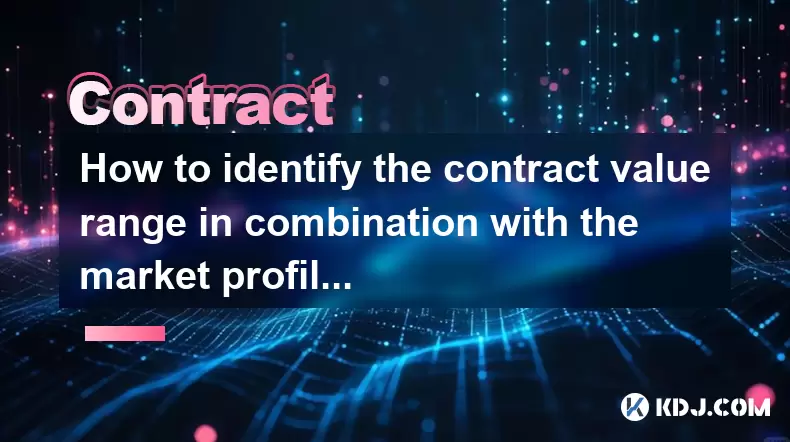
How to identify the contract value range in combination with the market profile?
Jul 02,2025 at 10:56pm
Understanding the Market ProfileTo effectively identify the contract value range in combination with the market profile, it's essential to first understand what each concept entails. The market profile is a framework that helps traders visualize how price and time interact across a given period, typically a trading day or session. It provides insights i...
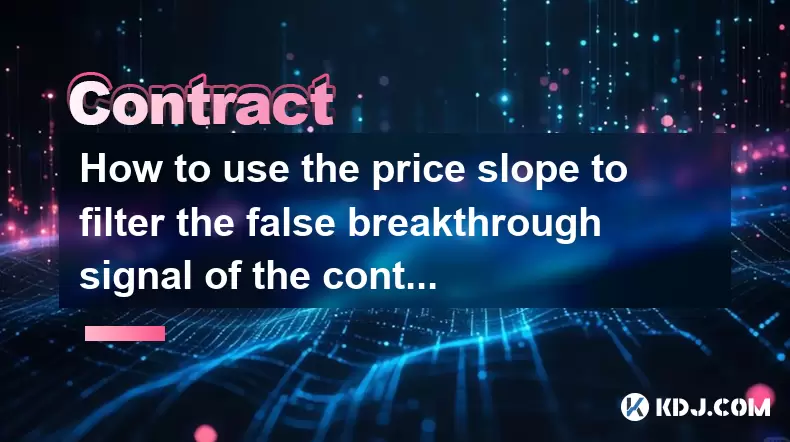
How to use the price slope to filter the false breakthrough signal of the contract?
Jun 20,2025 at 06:56pm
Understanding the Concept of Price Slope in Contract TradingIn contract trading, especially within cryptocurrency derivatives markets, price slope refers to the rate at which the price changes over a specific time period. It helps traders assess the strength and sustainability of a trend. A steep slope may indicate strong momentum, while a shallow slope...
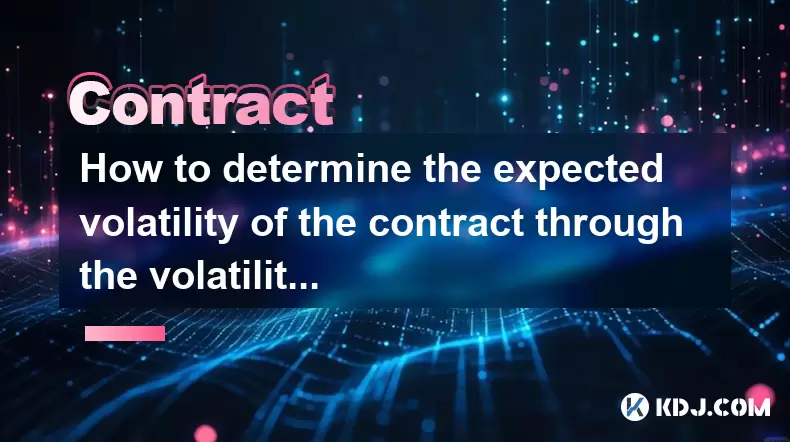
How to determine the expected volatility of the contract through the volatility cone?
Jun 19,2025 at 12:28pm
Understanding the Basics of Volatility in Cryptocurrency ContractsIn the realm of cryptocurrency trading, volatility is a key metric that traders use to assess potential risk and reward. When dealing with futures contracts, understanding how volatile an asset might become over time is crucial for position sizing, risk management, and strategy developmen...
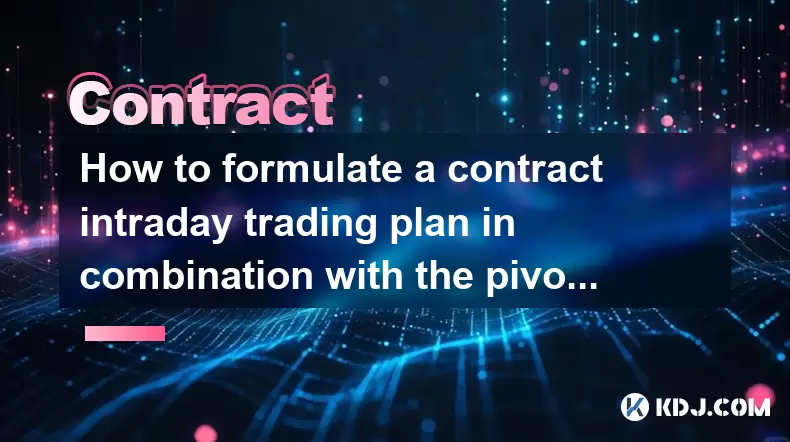
How to formulate a contract intraday trading plan in combination with the pivot point system?
Jun 21,2025 at 03:42pm
Understanding the Basics of Pivot Points in Cryptocurrency TradingPivot points are technical analysis tools used by traders to identify potential support and resistance levels. These levels are calculated using the previous day's high, low, and closing prices. In the context of cryptocurrency trading, where markets operate 24/7, pivot points help trader...
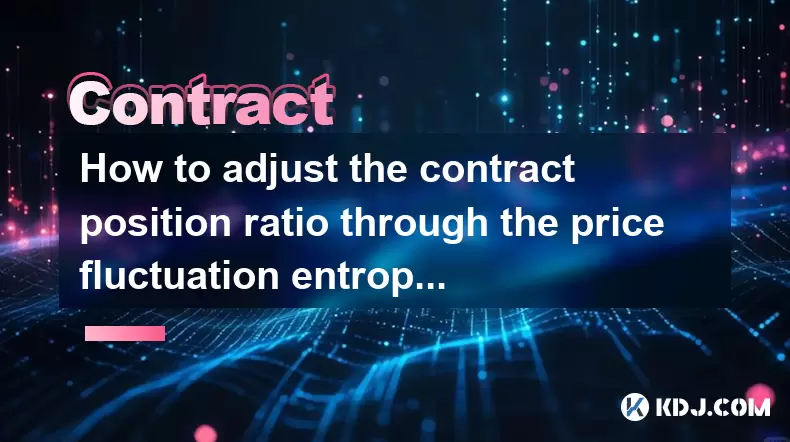
How to adjust the contract position ratio through the price fluctuation entropy?
Jun 22,2025 at 11:42am
Understanding Price Fluctuation Entropy in Cryptocurrency ContractsIn the world of cryptocurrency futures trading, price fluctuation entropy is a relatively new concept used to measure market volatility and uncertainty. It derives from information theory, where entropy refers to the degree of randomness or unpredictability in a system. In crypto contrac...
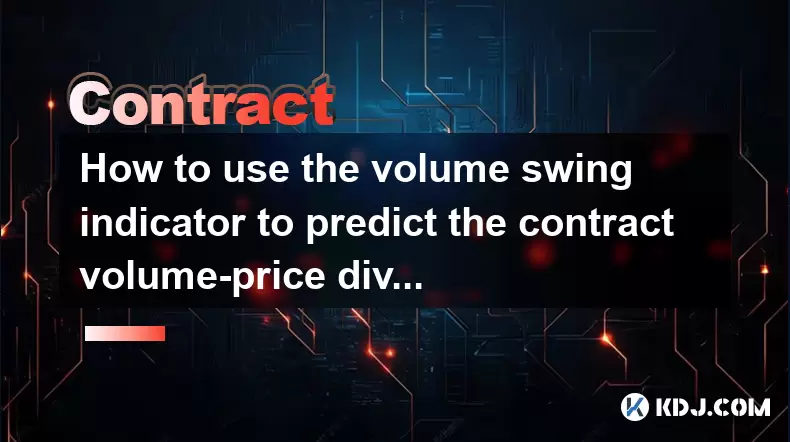
How to use the volume swing indicator to predict the contract volume-price divergence?
Jun 18,2025 at 11:42pm
Understanding the Volume Swing IndicatorThe volume swing indicator is a technical analysis tool used primarily in cryptocurrency trading to evaluate changes in volume over time. Unlike price-based indicators, this metric focuses solely on trading volume, which can provide early signals about potential market reversals or continuations. The key idea behi...

How to identify the contract value range in combination with the market profile?
Jul 02,2025 at 10:56pm
Understanding the Market ProfileTo effectively identify the contract value range in combination with the market profile, it's essential to first understand what each concept entails. The market profile is a framework that helps traders visualize how price and time interact across a given period, typically a trading day or session. It provides insights i...

How to use the price slope to filter the false breakthrough signal of the contract?
Jun 20,2025 at 06:56pm
Understanding the Concept of Price Slope in Contract TradingIn contract trading, especially within cryptocurrency derivatives markets, price slope refers to the rate at which the price changes over a specific time period. It helps traders assess the strength and sustainability of a trend. A steep slope may indicate strong momentum, while a shallow slope...

How to determine the expected volatility of the contract through the volatility cone?
Jun 19,2025 at 12:28pm
Understanding the Basics of Volatility in Cryptocurrency ContractsIn the realm of cryptocurrency trading, volatility is a key metric that traders use to assess potential risk and reward. When dealing with futures contracts, understanding how volatile an asset might become over time is crucial for position sizing, risk management, and strategy developmen...

How to formulate a contract intraday trading plan in combination with the pivot point system?
Jun 21,2025 at 03:42pm
Understanding the Basics of Pivot Points in Cryptocurrency TradingPivot points are technical analysis tools used by traders to identify potential support and resistance levels. These levels are calculated using the previous day's high, low, and closing prices. In the context of cryptocurrency trading, where markets operate 24/7, pivot points help trader...

How to adjust the contract position ratio through the price fluctuation entropy?
Jun 22,2025 at 11:42am
Understanding Price Fluctuation Entropy in Cryptocurrency ContractsIn the world of cryptocurrency futures trading, price fluctuation entropy is a relatively new concept used to measure market volatility and uncertainty. It derives from information theory, where entropy refers to the degree of randomness or unpredictability in a system. In crypto contrac...

How to use the volume swing indicator to predict the contract volume-price divergence?
Jun 18,2025 at 11:42pm
Understanding the Volume Swing IndicatorThe volume swing indicator is a technical analysis tool used primarily in cryptocurrency trading to evaluate changes in volume over time. Unlike price-based indicators, this metric focuses solely on trading volume, which can provide early signals about potential market reversals or continuations. The key idea behi...
See all articles





















